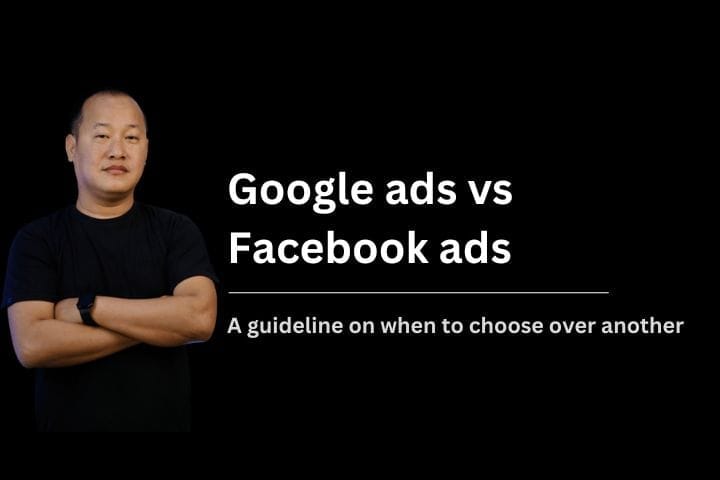Sales funnel Stages
The sales funnel helps an organization visualize its customer’s journey before and after sales. Many free sales funnel templates are available for entrepreneurs looking for help defining their sales funnel stages.
You can download our sales funnel template, customize and start using it within your organization. Alternatively, you can create a sales funnel within our CRM too.
What is a sales funnel?
Every customer you have with you has gone through a sales journey from the initial contact to the moment they purchased your product and services. The sales funnel is a visual representation of the voyage. It is a well-thought-out strategy divided into stages. The graphic representation has the initial phase of the widest.
It is the stage where some form of contact has been established or is being created. During this juncture in a sales funnel, your company is creating awareness.
Sales funnel stages
The sales funnel is also called the marketing or revenue funnel. Depending on the industry, a sales funnel can be overly simple or very complex. A basic sales funnel template has five stages:
Awareness:
Convert:
The second primary stage of the sales funnel is the “convert.” In this phase, the number of leads compared to the “awareness” stage is less as they have refined and moved into the ones interested in the brand. As a result, the trust level will be a bit high compared to the “awareness” stage of the sales funnel.
The focus is to have them share their contact information, at the very least an email address, to establish ongoing communication and engage them. One of the best ways to get their email addresses is by offering them value in exchange for their contact information.
Decision:
The “decision” part of the sales funnel is when a customer is familiar with your brand. There is a good rapport. At this point, the lead is in a decision-making process. The potential buyer will compare your product to the competitor’s and see if your solution is the right fit or a better option out there.
Based on the feature, price, etc., the potential may buy from you or the competitor. You will need to give them an irresistible offer. The number of potential buyers will decrease compared to the second stage.
Action:
A significant part of the sales funnel is the “action.” In this final phase of the funnel, only those fit in who have purchased the product from you. These guys are your customers.
Delight:
The client is now an active subscriber in this sales funnel stage. The client is happy with the product and after-sales, and service. He recommends your product to others for someone looking for a similar solution.






